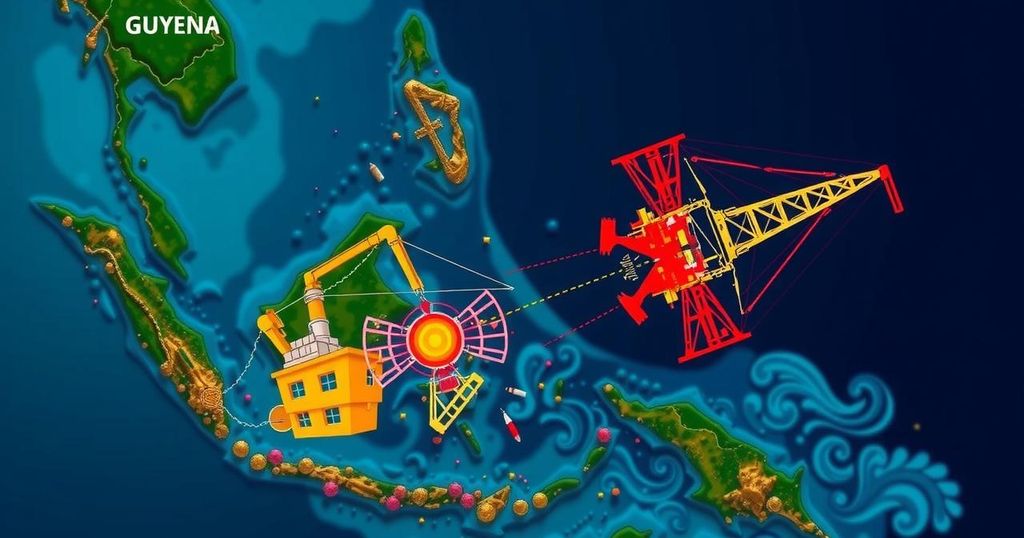Strengthening India-Guyana Energy Ties: The Potential for Long-Term Oil Contracts
Prime Minister Modi’s visit to Guyana fosters hope for long-term crude oil agreements as India aims to diversify its energy imports. Although initial collaborations faced challenges, discussions suggest potential growth in crude oil purchases from Guyana, marked by a focus on developing new energy ties amid competitive global markets.
Indian Prime Minister Narendra Modi’s recent visit to Guyana has generated optimism regarding the establishment of long-term crude oil import agreements, as India aims to diversify its energy sources. Discussions between the two nations have suggested a potential increase in India’s crude purchases from Guyana, which had previously shipped trial cargoes in 2021.
“We would like to have long-term contracts — government-to-government commitments — that would bring greater predictability in supplies,” mentioned an Indian foreign ministry official. Modi emphasized the significant potential for stronger ties in various sectors including energy, trade, fintech, and agriculture during his visit from November 19 to 21, 2023.
Despite the initial collaborations in 2021 involving Indian Oil Corporation and HPCL-Mittal Energy Ltd., the commercial exchange between India and Guyana remained limited. Current competition from European buyers for Guyanese oil, coupled with India’s shifting preference for sour crude, poses challenges. “Despite production advancements and strengthening of the bilateral relationship, challenges persist for Guyanese crude in the Indian market,” noted Abhishek Ranjan, the South Asia oil research lead at Commodity Insights. Furthermore, Indian refineries are equipped for sour crudes, lessening the attractiveness of sweeter varieties from Guyana.
In October, Guyana’s crude exports reached 670,000 b/d, primarily directed towards Europe. However, India has reduced its crude import share from the Middle East, as discounted Russian oil has gained favor since the onset of the Russia-Ukraine conflict. The dynamics of India’s energy landscape began to shift with a five-year agreement signed in January to engage in Guyana’s oil exploration and production sector. ONGC Videsh, the international arm of India’s Oil and Natural Gas Corporation, has been active in bidding for oil blocks offshore Guyana.
“Guyana has proven and estimated oil and gas reserves, which are very promising,” stated an official from the Indian foreign ministry, reflecting India’s commitment to exploring partnerships in Guyana’s burgeoning oil sector.
This article discusses the growing energy relationship between India and Guyana, particularly in the context of India’s efforts to secure reliable crude oil supplies amid global competition. Since beginning oil production in late 2019, Guyana has sought to engage in international markets, with India being a potential long-term partner. The geopolitical landscape, including the shift in India’s sourcing strategies due to recent conflicts, plays a critical role in this evolving relationship. The exploration initiatives and the strategic importance of Guyana’s considerable oil reserves underscore this engagement.
In summary, Prime Minister Modi’s visit to Guyana signifies a pivotal moment in India’s oil diplomacy, with the potential for long-term contracts on crude oil imports. While challenges remain due to competition with European markets and existing supply preferences, India’s investments in Guyana’s oil sector portray a commitment to fostering strategic energy partnerships. This developing rapport could bolster India’s energy security and diversification efforts.
Original Source: www.spglobal.com








Post Comment